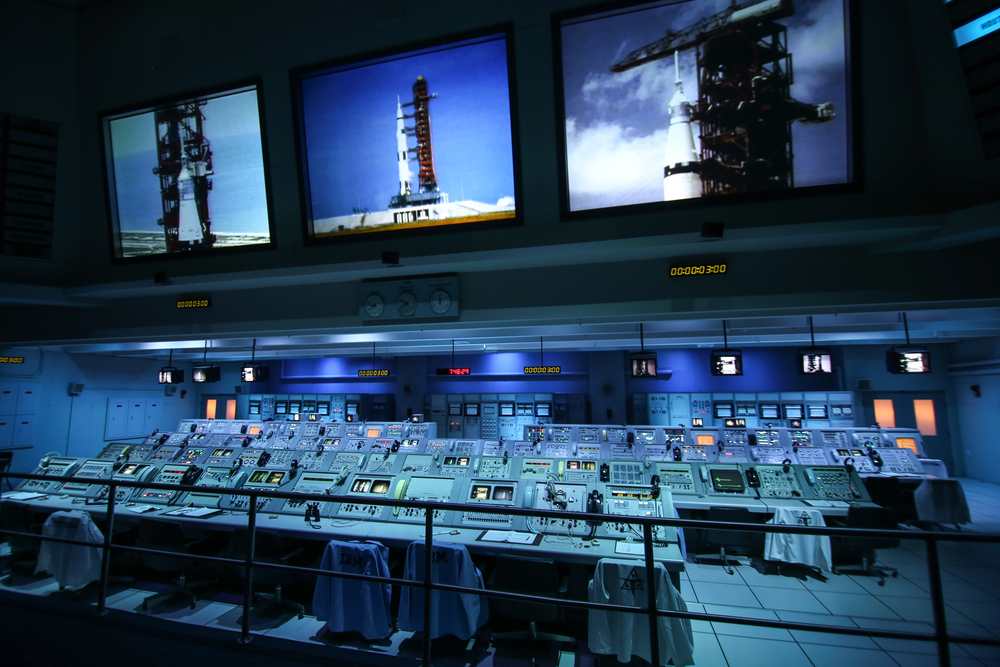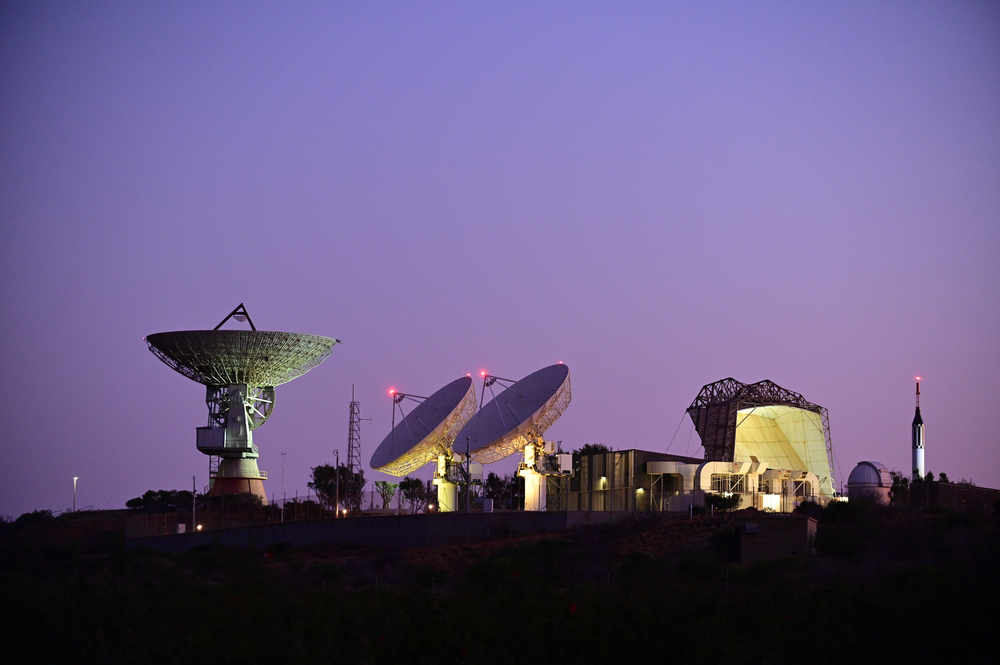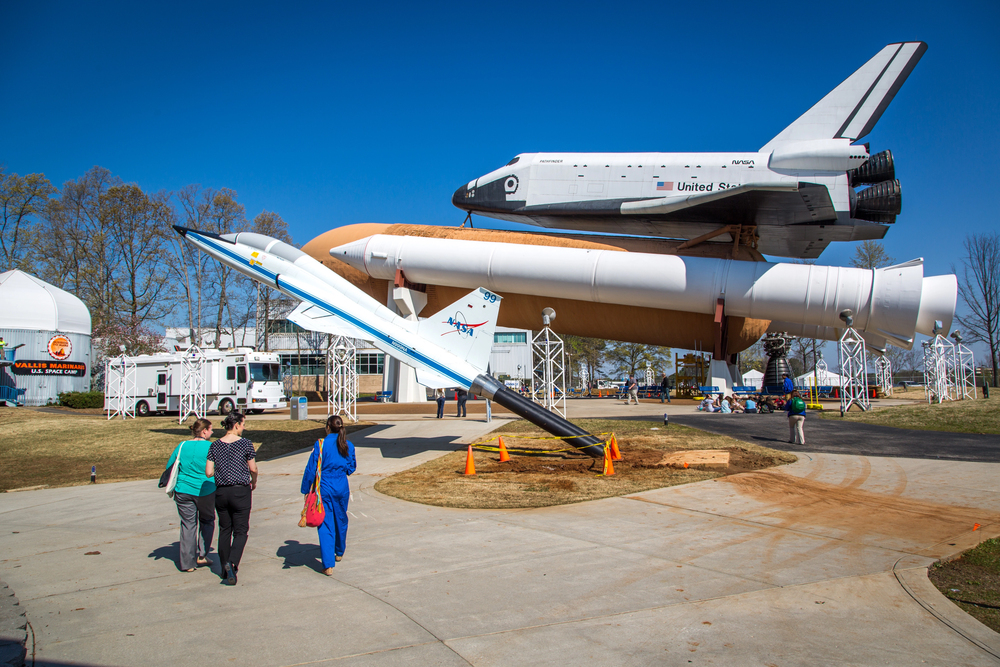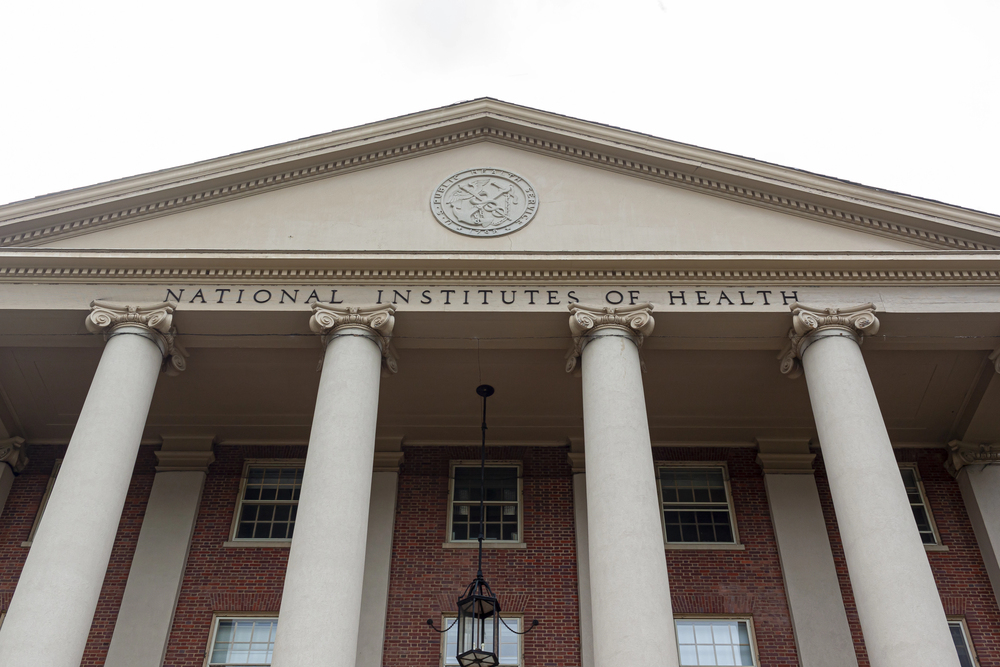
Can an institution as venerable as NASA be threatened with an “extinction-level event” not by some cosmic force, but by a pen stroke of a budget mind? That is the question ringing in the corridors of America’s space agency, as close to 300 existing and former NASA workers astronauts, engineers, and scientists have signed the Voyager Declaration, an open letter of warning to the Trump administration’s planned cuts and reorganization. Their warning is blunt: the very ground of U.S. space science, technical safety, and innovation is at risk.

1. The Scale and Scope of Proposed Cuts
The Trump administration’s FY 2026 budget request seeks to cut almost 50% from NASA’s Science Mission Directorate (SMD), cutting its budget from $7.3 billion to $3.9 billion. That would be the biggest percentage reduction ever suggested for NASA, cutting the agency’s overall budget by nearly 25% a figure not experienced since the beginning of the space age in 1961. The SMD, which accounts for missions from the Hubble Space Telescope to planetary defense, is subject to an “extinction-level event for NASA science,” says Casey Dreier, the Planetary Society’s chief of space policy.

2. NASA’s Technical Authority: A Hard-Won Legacy of Safety
At the heart of the Voyager Declaration is the protection of NASA’s Technical Authority a chain of independent technical review established in the wake of the 2003 Columbia shuttle disaster. Under its auspices, workers of all ranks are encouraged to voice concerns over safety outside their immediate chain of command, a safety net meant to break the kind of organizational silence that led to tragedies in the past. The statement cautions, “Major programmatic changes at NASA need to be executed strategically so that risks are addressed thoughtfully. Rather, the past six months have witnessed hasty and unproductive changes which have discredited our mission and had disastrous effects on NASA’s personnel.”

SpaceX advisor and ex-astronaut Garrett Reisman said, “I have very little confidence that it will be done the right way.” So far, this administration has taken a very heavy hand with their efforts to eliminate bureaucracy and what they have done is not become more efficient, but simply eliminated things.

3. Workforce Reductions and Organizational Silence
The planned reductions would shrink NASA’s civil servant ranks by almost a third to their lowest level since 1960. Already, at least 3,000 employees are voluntarily participating in separation programs, with additional layoffs expected. Such an environment has fostered a “culture of organizational silence,” whereby intimidation prevents employees from speaking up. Monica Gorman, an operations research analyst at Goddard Space Flight Center, explained the tension: “We go to the bathroom to chat with each other, and peek under the stalls to ensure that no other person is present before we converse.” More than 150 signatories to the Voyager Declaration preferred to remain anonymous for that very reason.

4. Impact on Flagship Missions and Scientific Leadership
The budget request requests the end of 19 ongoing science missions such as the Chandra X-ray Observatory, Juno, New Horizons, and Mars Odyssey most of which are completely funded by Congress and yielding distinct scientific dividends. The expense of keeping these missions going is low relative to their scientific contribution, but losing them would result in “a permanent loss of capability to the United States both in space and on Earth.” The reductions also put at risk the cancellation of the Lunar Gateway, an important international partnership, and next-generation telescopes such as the Nancy Grace Roman Space Telescope. As the declaration observes, “Basic research in space science, aeronautics, and the stewardship of the Earth are inherently governmental functions that cannot and will not be taken up by the private sector.”

5. The Erosion of Research, Diversity, and STEM Initiatives
Aside from mission cancellations, the proposed budget would also eliminate NASA’s Office of STEM Engagement, ending programs like the National Space Grant College and Fellowship Project and the Minority University Research and Education Project. In addition, the administration has ordered the closure of DEIA offices, the removal of gender pronouns from communications, and the elimination of minority support groups. NASA contractor Ella Kaplan, one of the signers of the declaration, added, “The general culture at NASA has changed, and it does not feel safer to me.” The petitioners contend that such regulations do not only damage morale in the workforce but also weaken the scientific integrity that arises from multidisciplinary thinking.

6. Congressional Pushback and Uncertain Futures
Even with the administration’s suggestions, the final say in NASA’s budget lies with Congress. Both the House and Senate have passed appropriations bills to keep NASA’s annual budget at $24.9 billion, bucking what the Planetary Society characterized as “unprecedented, unstrategic, and wasteful cuts.” Agency officials, however, have already started working on “closeout” plans for missions and facilities even as appropriations linger in uncertainty. The uncertainty has prompted high-level resignations, such as Goddard Space Flight Center Director Makenzie Lystrup and the Jet Propulsion Laboratory Director.

7. The Broader Pattern: Science Under Pressure
NASA’s internal resistance is not alone. The National Institutes of Health and the Environmental Protection Agency also have issued similar statements, with signers facing administrative leave or termination. Stand Up for Science, the nonprofit group that authored the Voyager Declaration, has coordinated these campaigns, highlighting an increasingly vocal movement among federal scientists to protect the integrity and autonomy of U.S. research agencies.

The Voyager Declaration signers are clear: “We feel compelled to protest when our leadership holds political momentum more important than human safety, scientific progress, and responsible allocation of public resources.” Their call to action is not primarily a budget or employment issue it is a call to ensure American leadership in science, technology, and exploration in the future.


